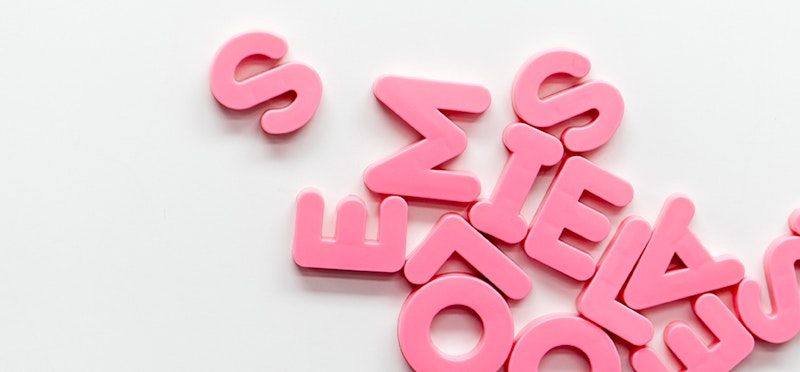
Many of you who work with struggling readers have no doubt noticed the way they often will confuse what for that, or when for then, or who for how, or even the for a, and vice versa.
I’ve dealt with a relatively large number of such children and have noticed two patterns to their confusion:
- Most of the children who confuse these pairs of words usually can’t spell them
- One word of the confused pair (or both) usually begins with the digraph “th” or “wh”.
The Cause of the Problem
While there's the distinct possibility that this problem is being caused by some of the words involved being taught as sight words, that is, without explaining the underlying phonics information, many phonics curricula do, in fact, fail to teach the digraphs “th” and “wh” properly. Often, the digraph “th” is taught as just one sound, while the digraph “wh” is usually taught as representing two different sounds, /w/ and /h/.
The Solution
Instead, I believe that as soon as a child is exposed to the “th” digraph, he should be told that it represents two sounds, the unvoiced sound, /th/, in thin and the voiced sound (which I represent here as /the/) in words like this or that. Taught in that manner, a child failing to decode that on the first attempt will know that there is another option for the “th” and is less likely to jump to a guess when he gets a nonsense word on the first attempt, that guess usually being the word what.
Similarly, when “wh” is encountered for the first time in the curriculum, a child should be taught that it represents a single sound, /hw/, which is different from the /h/ and /w/ sounds he has already been taught for the letters “h” and “w.” He need only be told that the sound of “wh” is the “blowing out a candle sound” which I represent here as /hw/. If you blow out a candle as you normally would, you are pronouncing the /hw/ sound. The sound is unvoiced like /h/, but lips are pursed to direct air forward. To make the point, a child can also be shown that it is difficult to blow out a candle with either a /h/ sound (due to the lips not being pursed to direct air outward) or with a /w/ sound (due to the energy being used up by the voicing of the sound–vibrating the vocal cords.)
The Payoff
If taught that “wh” is one sound, and that it is neither /h/ nor /w/, it is not that difficult to then show him that not only can words like when, where, and what be decoded using /hw/, but so can words like who, whose, and whole (words that most phonics curricula now teach as beginning with a /h/ sound.)
Explained in the above manner, the distinction between the initial sounds of the words hole and whole is just a matter of feeling where one’s lips are when the words are pronounced for spelling, a process that must be learned. That is, a perfect pronunciation must be formed for words like whole and who, pursing the lips when sounding out these words for spelling. Furthermore, since most children who confuse these pairs do misspell them, it’s important to ensure that they do learn to spell them well before they are called upon to do a lot of reading.
Summarizing
As I see it then, many phonics curricula teach that the digraph “th” represents just one sound (by failing to teach the second sound) and the digraph “wh” represents two sounds (both already represented by a single basic code letter, either “h” or “w”), when really the reverse is true. That is, “th” should be taught as two sounds and “wh” as just one, a new one distinct from both “h” and “w.”
Because of the abundant presence of words with these characteristics in normal text, it’s important that the phonics information be carefully provided to beginning readers so that they understand the distinctions that are being made. When that is not done in a curriculum, children easily become confused by words beginning with “th” and “wh” and that is exactly when a teacher will fall back on the old, “Well, you’ll just have to memorize these, I guess,” and they’ll be unnecessarily added to a growing sight-word pile.
If this way of teaching the digraphs “th” and “wh” makes sense to you, consider investigating the OnTrack Reading Advanced Code Phonics Workbook. The workbook, when used in accordance with the Instruction Manual, is a complete advanced code phonics program that incorporates most of these Tidbits and covers precisely the information your child will need to become proficient in phonics, including the most effective multisyllable decoding method you will find anywhere.




